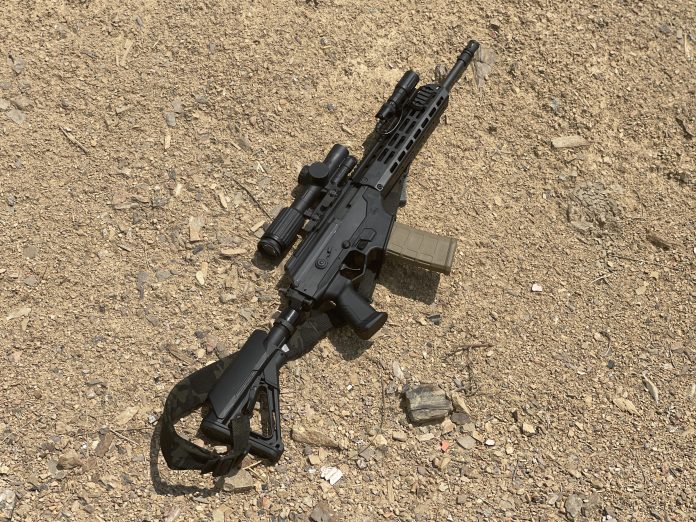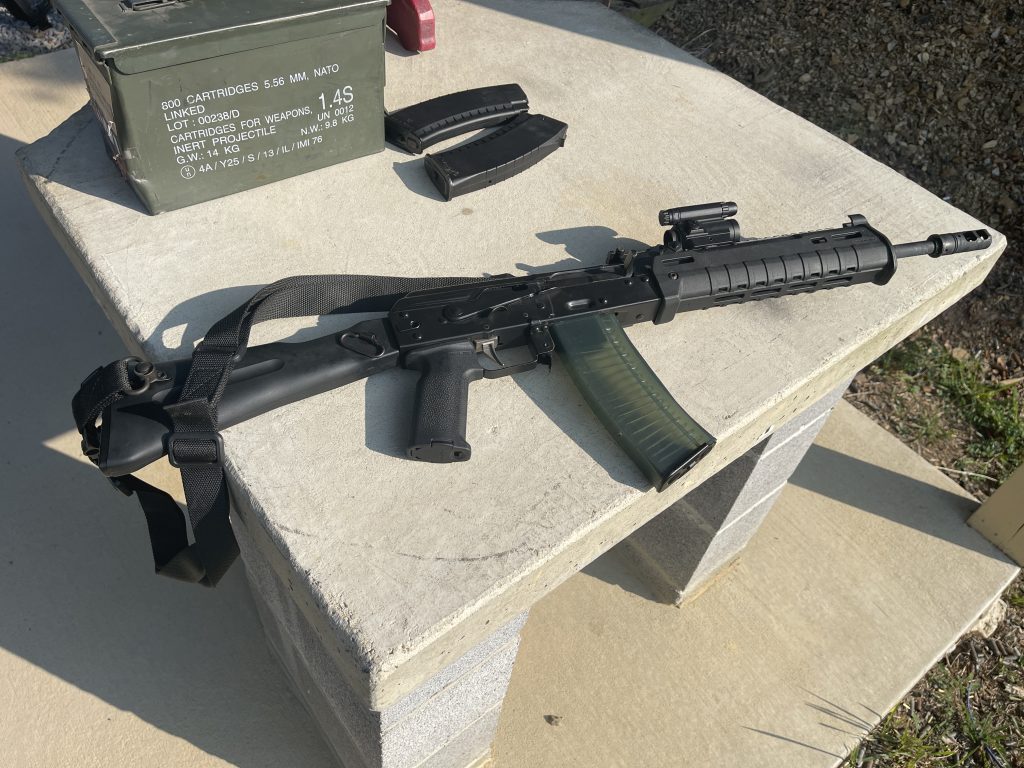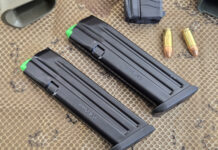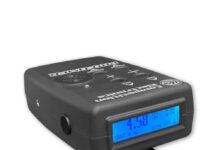
The old saw goes, ‘Beware the man with only one gun.’
It’s a phrase that harkens back to a simple time of classic gunfighters who, if they carried something that worked, they stopped messing with it. Simple 6-guns, bolt or lever action rifles, a pump shotgun. Even in the age of evolving auto-loaders it was generally one and done, you carried your issued piece and it worked well enough.
However this is 2023, my perspective on the situation has evolved beyond that quaint saying. I’ve chosen to embrace diversity, if you will. It is certainly a necessity to be proficient with the handgun or rifle you carry, it is your issued equipment and likely to be in your hand, or as close to it as feasible, when you need it. That is its purpose. It is the firearm you will grab to do the job you’ve been entrusted with.
From an an expanded standpoint, outside the additional sworn duties of a service member or law enforcement, the everyday carry is another item that should absolutely be familiar in your hands. This now also applies to we civilian defenders who do not have civil duty as well as those with duty. As proficient as you are at driving your car, at doing your job, at engaging in your favored hobby, you should be as competent with the firearm and its handling to protect yourself.
Thinking beyond the normally abnormal – your gun is out of reach.
A gunfight or a simple DGU is a rare enough event. But what if the gun you have in the fight isn’t your preferred gun? What if that specialty AR with its top of the line optic suite and gucci trigger is safely ensconced in your house? What if you are sitting with an out of the crate WASR and a web sling because you’re at your friend’s place or with the in-laws? What if you just snatched a stolen patrol rifle from a thief who smashed it out of a cop car?
In short, what if it isn’t your rifle at all?

The ‘man with one gun’ implies a specialist. But it also implies near universal access to the firearm you specialize in, which is truer and easier for a law enforcement type in their own space. It does not account well for the modern items of air travel, variable firearms regulations, and most of the very real world social situations we must navigate. Being able to fight with something you pick up locally is a greater assurance of success, and if the gun doesn’t need to be an 18″ gas tuned, LPVO with offset dot, silent buffer, 17.7″ handguard clad race gun, then all to the better when you grab the whatever-is-available MK1
I’m not implying everyone has a tricked out competition rig as their rifle at home. I am saying we like what we like, and that we tend to get comfortable and complacent with that gun and the ancillaries we selected. That makes us naturally suspicious and uncomfortable with other gear, it isn’t comfortable. That will get in our way if that other gear is all we have at our disposal. If I travel far out of state and don’t want to check and risk firearms in the not-so-secure shipping and handling that airports sometimes represent, then I can ask a friend to have stuff ready for me at the destination instead. I find that far easier to manage when the option exists. Outside that scenario travel in general is easier when we are not required to manage firearms.
Learning how to run the rifles you don’t know will make picking up local that much easier. It will make it a viable option. In addition, it will make you a better and more rounded shooter. It forces the fundamentals you know within the platform you prefer to reconform to fit a new mold.
Agnostic Fundamentals
The AK or the Steyr AUG are dramatically different when compared against each other, or the AR-15, but as autoloading rifles they are all in the same fundamentals group.
Supporting a rifle and managing a trigger do not change as principles, but the way to support an X95 or an AUG are physically different than an AR or SCAR. Placement of the hands, where to support, how the rifle balances, and the delivery of recoil to the shooter are all going to feel different.
The trigger in an AUG is heavy straight pull (actually push) transfer bar where the X95 has a trigger pin like many other carbines. Add into the mix all the aftermarket options and you cannot easily predict how any trigger at random will feel, but you can know how to manage it regardless. A few dry presses should suffice if you have the time. If you don’t, don’t worry about it. Get to shooting.
Lean outside your preferences
The first formal course I took outside uniformed service was on the MP5, it was also a handgun course and my experience there had been up to that point… state CCW curriculum.
A carbine, an old one too, I knew next to nothing about that Die Hard didn’t teach me and a handgun curriculum pushing harder and further than anything I had shot or taught in a 2 to 3 hour period.
I. Learned.
The things I learned about managing a new gun came back to improve my M16/M4 work too. I had 10 years on the AR at that point, but the NCOs of various competencies and limited structured range time had ingrained some goofy habits. Remember ‘The Groucho’ walk/stance? Pepperidge Farms remembers. The formal training on the MP5 (and I will admit a fixation on watching Art of the Tactical Carbine) helped break the bad habits and improve my efficiencies on all the guns.
Then I learned another. Then another after that. I borrowed weird guns from friends who had them to see what they did. I figured them out. I have my preferences, we all will, but making what you have at the time work could be as crucial to your safety as knowing the gun that you bought. They could be different. Be ready for what’s at hand with what is on hand.



